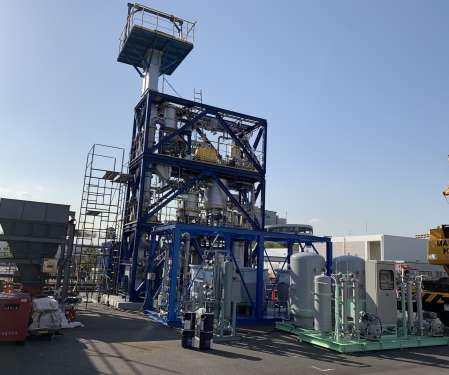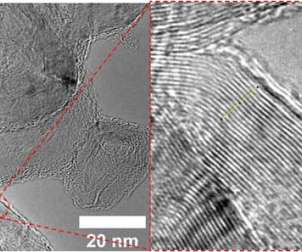New technology converts waste polyethylene to jet fuel in an hour
Green Car Congress
MAY 19, 2021
Washington State University researchers have developed an innovative way to convert waste polyethylene plastic to ingredients for jet fuel and other valuable products, making it easier and more cost-effective to reuse plastics. This work is a milestone for us to advance this new technology to commercialization.








































Let's personalize your content